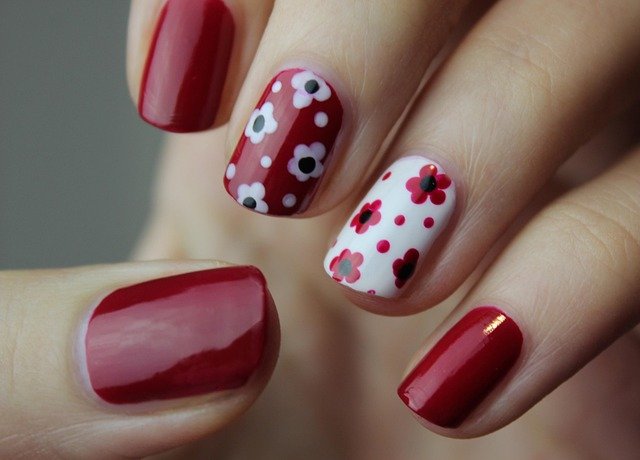Nail School: What to Expect from Training Programs
Nail school prepares students for practical work with nails, professional salon standards, and basic business skills. Programs vary from short certificate courses to longer vocational training, combining hands-on practice with theory on sanitation, anatomy, and client care. Whether you’re considering a new skill or a career change, understanding what nail school offers helps set realistic expectations.

How do nails training programs work?
Nail programs typically blend classroom instruction with supervised practical work on live models or practice hands. Coursework covers nail anatomy, sanitation, product chemistry, and state regulations; practical hours focus on shaping, polish application, acrylics, and gel systems. Most schools require a certain number of supervised practical hours before students can sit for licensing exams where applicable. Instructors demonstrate techniques, evaluate student work, and provide feedback to build speed, accuracy, and client communication skills. Expect to repeat services until proficiency and hygiene standards are met.
What beauty skills are taught in nail school?
Nail school covers a range of beauty skills focused on the hands and feet, including manicures, pedicures, cuticle care, polish application, nail enhancements, and nail art basics. Courses also include skin care relevant to hand and foot treatments, product selection, and client consultation techniques. Many programs teach how to identify contraindications—situations where a service should be adapted or declined—and how to recommend aftercare to support healthy nails. Soft skills such as client booking, retail sales, and professional presentation are commonly included to prepare students for salon environments.
What education credentials and hours are required?
Required credentials vary by region. Some jurisdictions require a cosmetology license, while others have a separate nail technician or manicure license with specific training hours. Typical programs range from 150 to 600 hours depending on local regulations and whether the course is a short certificate or part of a broader cosmetology curriculum. In addition to classroom and practical hours, students often complete written and practical exams to qualify for state or regional licensing. Always check local board requirements to confirm the minimum education hours and exam formats for licensure in your area.
How can nail school support your career goals?
Nail school can open several pathways: working in salons or spas, freelancing as an independent technician, teaching, or retail roles in beauty supply stores. Training provides a professional portfolio of work, basic client-management skills, and sometimes job placement assistance or externships. Advanced courses can specialize in nail art, extension systems, or salon management to support upward mobility. For entrepreneurial goals, some schools offer business modules covering pricing, marketing, and local services regulations to help students launch and sustain a client base.
What manicure techniques and tools will you learn?
Expect hands-on experience with a range of manicure techniques and tools: basic and spa manicures, gel polish application and removal, acrylic and dip powder systems, nail shaping with files and electric drills, cuticle tools, buffers, and different brush types for products and art. Training emphasizes tool sanitation, client safety, and product compatibility to avoid damage or allergic reactions. Students also learn modern trends in finishes and art—such as ombré, stamping, and simple freehand designs—while being taught how to build on these foundations for more complex work.
Conclusion
Choosing a nail school means weighing curriculum content, instructor experience, facility cleanliness, and alignment with local licensing requirements. Practical, supervised hours are the core of competency—technical speed, sanitation practices, and client communication improve most through repeated, guided practice. Supplemental learning in product knowledge, business basics, and ongoing professional development helps transition training into a sustainable career in the beauty field. Researching local services, visiting schools, and reviewing sample student work can clarify which program best matches your timeline and professional goals.






